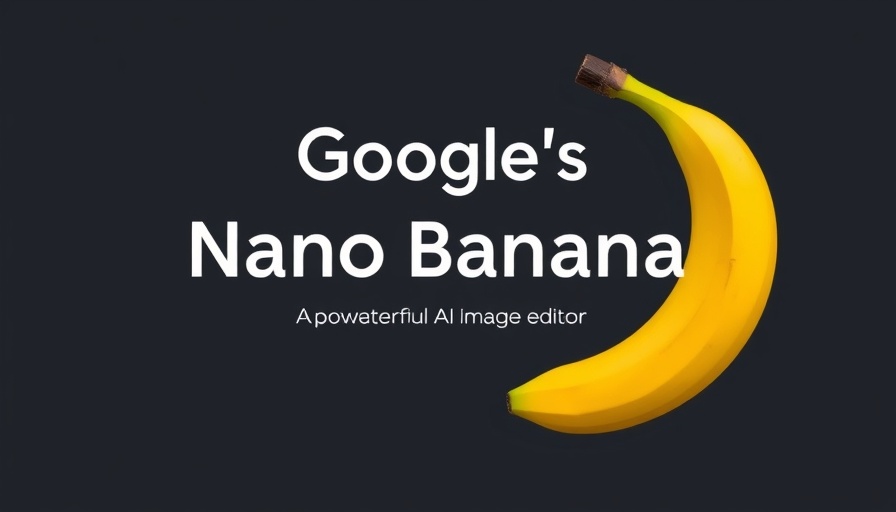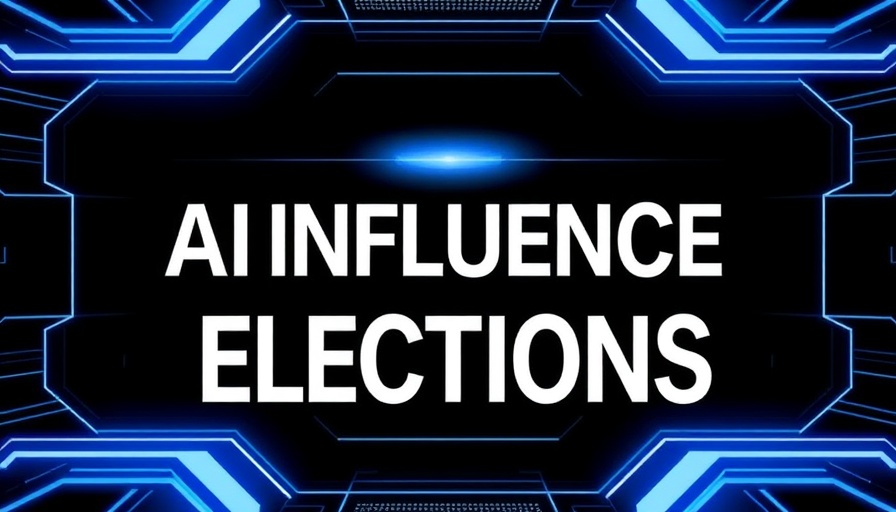
The Future of AI Coding: A Roadmap to Overcoming Challenges
Can artificial intelligence (AI) genuinely code software? This pressing question is at the forefront of a recent study from researchers at the Massachusetts Institute of Technology (MIT). They have laid out a blueprint to address the critical hurdles that have hindered the advancement of autonomous software engineering. The study highlights that while AI has transformed various sectors, its ability to autonomously develop software remains limited by several intricate challenges.
Identifying Roadblocks to Autonomous Software Development
The researchers pinpointed three main barriers: the complexity of programming languages, the lack of robust data for training, and the nuanced understanding required to solve unique coding problems. In an age where technology rapidly evolves, these roadblocks have left AI’s potential underutilized in the realm of software coding.
This report not only sheds light on these challenging areas but also proposes a focused research agenda aimed at enhancing AI systems' capacities in coding. By integrating more complex datasets and advancing AI's comprehension of programming languages, a new era of AI-enabled software development could be on the horizon.
What This Means for the Future
For businesses and software development teams, these findings signal an opportunity to become proactive participants in this unfolding narrative. Understanding the technological complexities can better prepare specialists to harness AI effectively in their workflows, potentially leading to greater productivity and innovation.
Stay informed about these developments as they signify a pivotal shift in how we can utilize AI to improve business processes through coding. AI's capabilities are evolving, and being ahead of the curve is essential for success.
 Add Row
Add Row  Add Element
Add Element 



Write A Comment